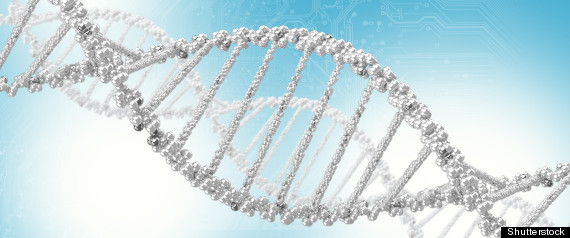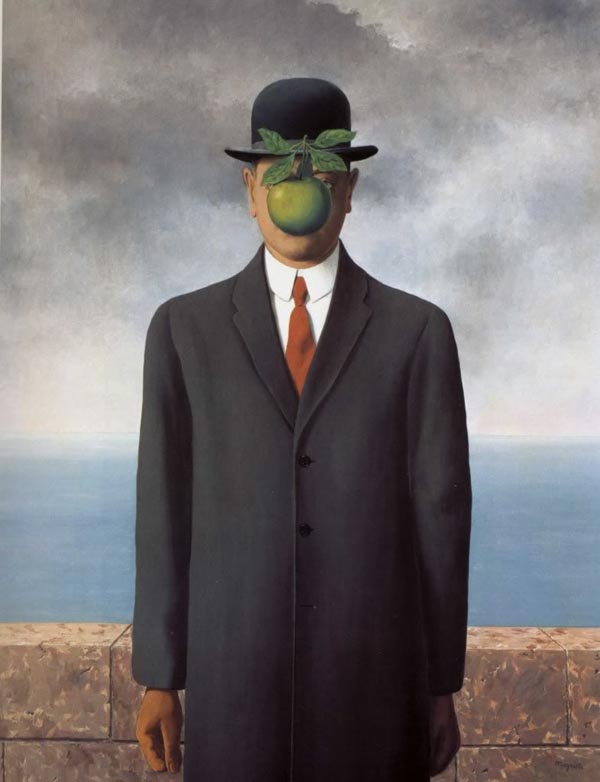The documentary is off to a good start, but one statement in particular caught my attention:
"This is a boy thing, we call them engineers and techies" Frankly that is absolute garbage. Women are entering the computer field and they are just as capable as men.
This blog is my stream of consciousness as I watch the documentary:
This section seems to glorify "nerd culture". Eating, bathing and data are frowned upon. I would rather just learn about how computers work.
Programs are written in binary code and computers must be given instructions on what to do with the programs.
Grace Hopper: US Navy captain that invented the first computer language. Alas, a woman that was important to the history of computers.
The microprocessor allowed for the desktop computer. Intel invented the first computer chip. It is made of millions of transistors etched on a silicon plate
Altair 8800, 1975 was the worlds first personal computer. It was a computer kit that had to be built before it could be used. Information was loaded by flipping a series of switches
Paul Allen cofounded Microsoft. The company was started in Albuquerque, NM.
The hippie movement was important in sculpting the PC revolution. There was a sharing of knowledge
Apple Computers was the first computer company. The first computer was introduced at the Homebrew computer club meetings. The Apple II included a keyboard and a case,
Visicalc was the first spreadsheet program













